CNC Machining Brazil: Manufacturers & Industry Guide

Part 1: Market Size and Growth
I see rising demand for precision parts across Brazil’s core sectors. Aerospace, oil and gas, mining equipment, agritech, and medical devices keep the machines busy, even when commodity cycles move. I also notice more buyers ask for 5-axis work, probing, and traceable paperwork.
Brazil’s market grows as shops digitize. I meet teams that add pallet systems, tool presetters, and in-process SPC to shorten lead times. Industrial clusters in São Paulo, Minas Gerais, Paraná, and Rio Grande do Sul anchor skills and suppliers, which helps quotes stay realistic.

Policy and finance shape the map. Programs that support automation, training, and energy efficiency push shops toward higher-value parts. This mix raises expectations on documentation and on-time delivery, and it rewards teams that run stable processes.
Deep dive: where demand comes from, what it costs, and how I plan Brazil work
I plan my Brazil pipeline using three buckets because it keeps quotes honest and machines cutting. First, I classify “must-run” parts from oil and gas maintenance, aerospace spares, heavy vehicles, and sugar-ethanol equipment; downtime is expensive here, so I lock robust fixtures, long-life cutters, and probe checks that gate release to the next step. I set second sources for coatings and heat treat, since those queues can spike around holidays. Second, I place “design-heavy” jobs from robotics, EV drivetrains, agritech sensors, and medical instruments into a lane that pairs DFM with quick CAM loops; I book machine time during quiet shifts so iteration does not block repeat work. Third, I track “volume with variation,” like motorsport, aftermarket auto, and pump families, where part numbers change but base geometry repeats; I standardize zero-point plates and tool libraries, so setups shrink with each new revision. On the cost side, I watch five items that eat margin in Brazil: alloy bar availability, tool wear on hard steels, energy use during long roughing cycles, rework from unclear GD&T, and logistics friction on imported electronics. I reduce risk with consistent coolant control, chip evacuation plans, and SPC at the machine that flags drift before scrap. I also keep a small buffer of critical inserts and drive boards, because a missing part can idle a line for days. This simple structure turns uncertainty into predictable delivery and protects cash flow when schedules shift.
Part 2: Leading Companies
The local ecosystem blends homegrown builders, global OEM plants, and strong integrators. I see buyers favor partners who combine reliable iron, local service, and clean digital workflows, not just headline speeds. That trend makes selection less about brochures and more about support depth.
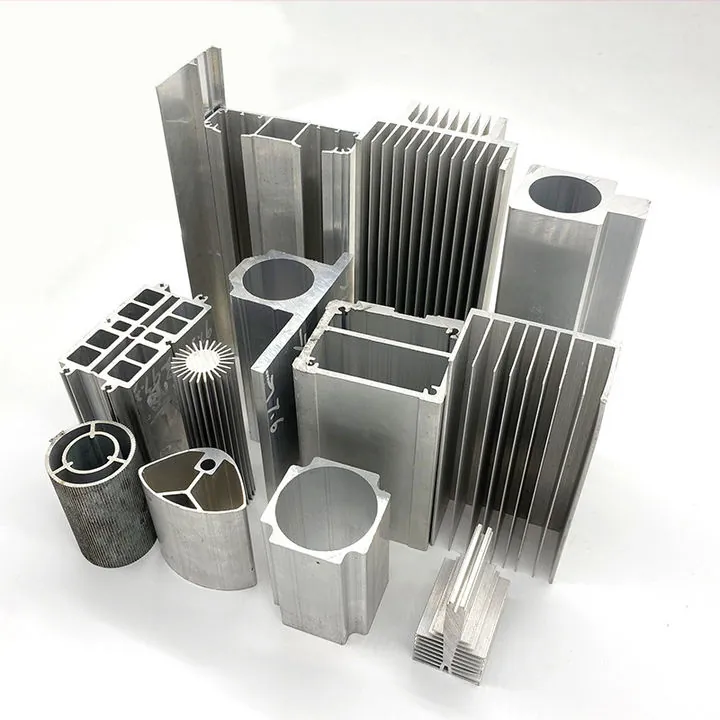
Indústrias Romi (ROMI)
Romi is a flagship Brazilian builder with deep roots in São Paulo state. The company grew from castings and machining into a modern line of CNC turning centers and machining centers. I meet Romi machines in shops that want local support and steady performance.
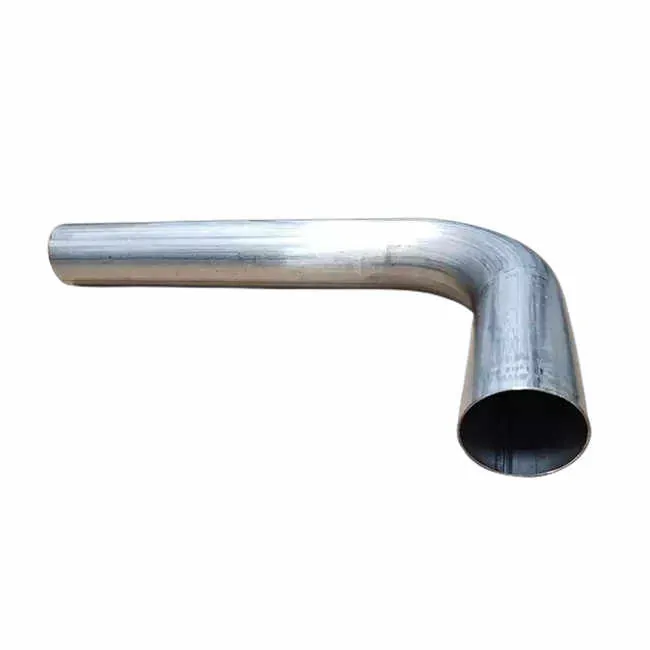
Romi’s portfolio spans VMCs, HMCs, lathes, and special configurations with probing and automation options. Their teams help with turnkey packages, posts, and application tuning, which shortens ramp-up for tight parts in steel and aluminum.
They serve automotive, heavy equipment, oil and gas, agriculture, and general engineering. Technical highlights include rigid castings, thermal control, and practical service access. Recognition often includes ISO-anchored quality systems at plants and export awards tied to long program life.
Nidec Zema (ZEMA Grinding)
Zema began as a Brazilian grinder specialist and now operates within a global group. The brand focuses on precision grinding systems that support high accuracy on shafts, gears, and complex forms. I see Zema when micro-finish and roundness rule the drawing.
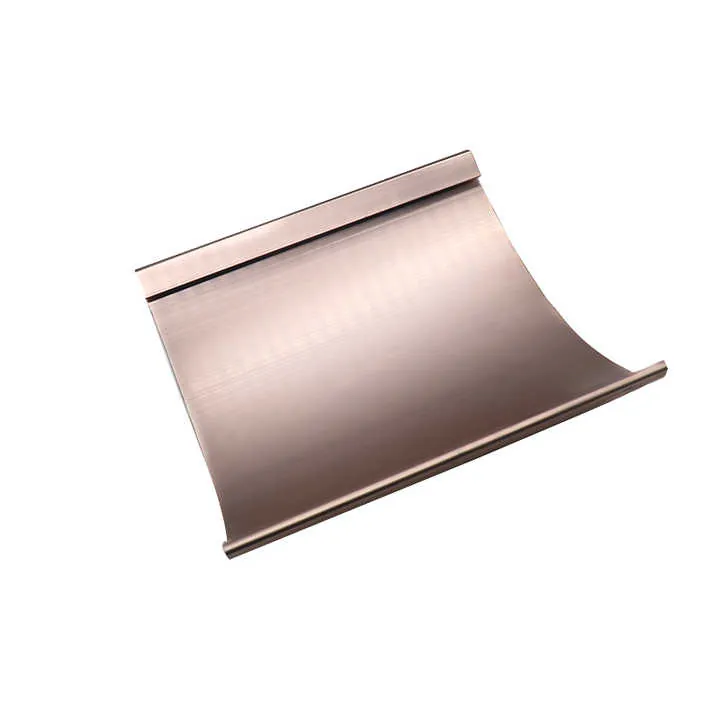
Their range covers cylindrical, centerless, and special grinders with automation, gauging, and in-process measurement. The controls and dressing strategies help keep tolerance over long runs on hard materials.
Industries include automotive powertrain, bearings, hydraulics, and aerospace components. Technical strengths are stable bases, smart thermal paths, and integrated gauging loops. Customer sites often pair Zema cells with ISO 9001/IATF systems for audit-ready traceability.
HELLER Brasil
HELLER runs a Brazilian operation that builds and supports machining centers and flexible systems. The local team integrates cells with probing, pallets, and robot tending for complex parts. I find HELLER in programs that need uptime and steady accuracy.
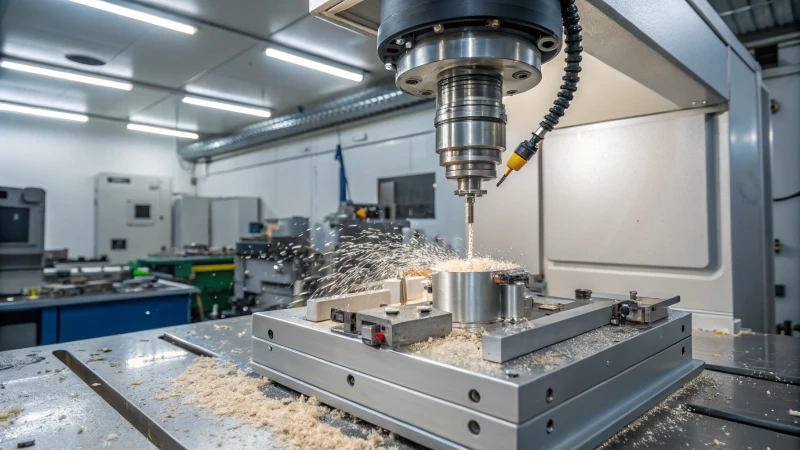
Products include 4- and 5-axis HMCs, mill-turn options, and lines designed for high-duty cycles. The applications group helps with fixturing, tool paths, and process capability to reach predictable Cp/Cpk on critical features.
HELLER serves automotive engines and e-mobility, off-highway, energy, and aerospace structures. Highlights include robust spindles, coolant-through options, and strong service depth. Plants run CE/UKCA-style safety conformity and customer sites layer ISO 9001 or IATF as programs require.
| Company | Founded | Core Products | Industries | Certifications |
|---|---|---|---|---|
| ROMI | Mid-20th century, São Paulo state | VMCs, HMCs, CNC lathes | Auto, O&G, Agriculture, General Eng. | Plant ISO systems; export recognitions |
| Nidec Zema | Mid-20th century, Brazil | Cylindrical & centerless grinders | Powertrain, Bearings, Hydraulics, Aero | ISO/IATF at user sites; CE where applicable |
| HELLER Brasil | 1990s local operations | 4/5-axis HMCs, cells, mill-turn | Auto, Off-highway, Energy, Aero | CE-style safety; customer ISO/IATF |
Deep dive: how I evaluate Brazil suppliers and machine partners
I start with process control, because stable Cpk on critical features beats a flashy brochure. I ask for real first-article packs with probe logs, CMM data, and a simple control plan that shows who owns offsets, when checks happen, and how nonconformities flow. I walk the floor and look for labeled tool carts, preset sheets, and coolant management, since heat and chip control decide tool life on hard alloys. I check quick-change plates and base fixtures, because setup time is where lead time dies; then I open the ERP traveler to see if revisions, lots, and mill certs link to the part. I read maintenance logs for spindle hours, ball-bar tests, laser compensation, and backlash notes. I sit with the CAM lead to review posts, simulation, and template strategies, because safe simulation and standard libraries prevent crashes and cut programming waste. For machine partners, I weigh local spares, service response, and clean integration with probing, DNC, and SPC; open data paths into dashboards matter more to me than pretty screens. I also want training plans for new operators, not just a demo day. On pricing, I compare total cost of ownership: energy use, tool life, cycle stability, and uptime. This method lowers scrap, protects delivery promises, and keeps margins real when schedules shift.
Part 3: Trade Shows and Industry Events
Brazil’s calendar gives me hands-on time with machines, tools, and metrology in one place. I use these shows to test process changes before I spend money, and I bring drawings that match real work.

FEIMEC — International Machinery and Equipment Exhibition (São Paulo)
FEIMEC is a major showcase at São Paulo Expo with machine tools, automation, and materials in one hall. I like it because I can see full cells and compare finishes side by side. It is where I gather proof before I place orders.

The show runs on a two-year rhythm and pulls OEMs, tiers, and SMEs from across Latin America. Highlights include live cutting in hard alloys, robot-tended pallets, and in-process metrology that closes the loop to offsets.
EXPOMAFE — International Machine Tools and Industrial Automation Fair (São Paulo)
EXPOMAFE focuses on machine tools, tools, and digital manufacturing. I meet process engineers, fixture makers, and metrology teams who can solve real problems fast. I carry sample parts to get direct feedback on finish and cycle time.
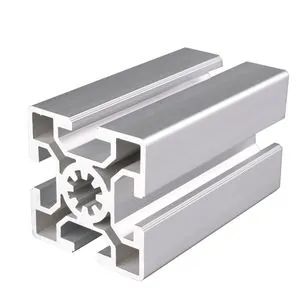
The event draws strong crowds from automotive, oil and gas, and general engineering. Highlights include five-axis demos, coolant and chip systems, and software that links CAM to CMM for faster approvals.
| Event | Date | Location | Highlights |
|---|---|---|---|
| FEIMEC | Biennial (Autumn or Spring) | São Paulo Expo, SP | Full cells, live cutting, robotics, metrology |
| EXPOMAFE | Biennial (alternating years) | São Paulo Expo, SP | Machine tools focus, automation, CAM-to-CMM workflows |
Deep dive: how I work Brazilian shows for outcomes that pay back
I plan shows like production runs because random walking burns time. I write three goals on a card: fix one tool-life issue on hard steels, remove one setup step with a better fixture, and automate one inspection loop with probing or a bench CMM. I book demos with vendors willing to cut my material and to simulate my part, not just aluminum samples. I bring drawings with GD&T and photos of chips and wear, so we jump straight into feeds, speeds, coolant, and path choice. I schedule time with coolant, filtration, and swarf systems, since chip flow and heat dictate uptime. I also sit with metrology teams to test inline checks and automatic offset updates, because those loops often pay back in a month. After the show, I run two pilots per problem and measure cycle time, scrap, tool cost, and operator stress; then I kill options that cannot show clean numbers. I share a short debrief with photos and action items so my team agrees on the next purchase. This habit turns show buzz into savings that hit cash flow within a quarter.
Part 4: Impact of Global Trade Policies
Policy shifts show up in quotes and buffers. Import rules, local-content programs, and export paperwork change lead times as much as spindle power, especially for drives, controls, and precision bearings. I price risk into electronics and special alloys.

Supply chains feel friction on high-spec materials and coated tools. I qualify second sources and keep a small stock of critical inserts and boards. When I export, I prepare clean origin data and end-use statements, which saves days at borders.
Brazil can win on traceability and fast changeovers. I lean on digital histories from machines and CMMs, and I make revision control visible at the cell. If I show clean data, I can beat a cheaper quote that fails an audit.
Deep dive: scenarios I model for Brazil—parts, data, and risk
I model four scenarios because surprises keep coming. First, I simulate a three-week delay on imported controls, encoders, or bearings and list which jobs miss promise dates; I hedge by pre-qualifying alternate drives and by holding a small emergency stock for boards with long lead times. Second, I model a tariff or currency swing that hits alloy bar and plate, then I test near-net shapes, roughing strategies, and supplier swaps to hold margins; I also ask customers for design tweaks that reduce chip volume, like larger corner radii or smarter pocketing. Third, I prepare for tighter export checks on dual-use parts by mapping which drawings need extra proofs; I train staff to complete end-use letters and HS codes without drama and I submit early with neat files. Fourth, I plan for favorable trade windows—regional deals or temporary programs—that could reduce test or logistics costs; I keep calibration certificates current and digital so I can ship quickly when rules relax. Across all cases, I keep ERP clean, because bad data is the fastest path to seized goods; I store supplier declarations, mill certs, heat-treat reports, and inspection logs linked to lots and serials. I include simple dashboards for OEE, scrap, and alarm trends, so we catch drift before it turns into rework. These habits do not remove risk, but they turn chaos into controlled delay and protect promise dates that keep customers calm.
Part 5: Conclusion
I like where Brazilian machining is going. The mix of skilled people, stronger machines, and better data gives me confidence to accept tougher prints and tighter audits. The regional clusters and training programs show that local networks still matter, and I plan sourcing around them.
I stay honest about hurdles. Costs, skills gaps, and policy swings are real, but teams that standardize tools, document processes, and invest in metrology keep winning. I choose partners who prove stability, not just speed, and I build systems that help good operators do great work.
Recommended Reading:
CNC Machining Usa
CNC Machining Services Malaysia
CNC Machining France
CNC Machining France
CNC Machining Russia
CNC Machining Uk
CNC Machining France
CNC Machining Russia
CNC Machining France
CNC Machining Russia



